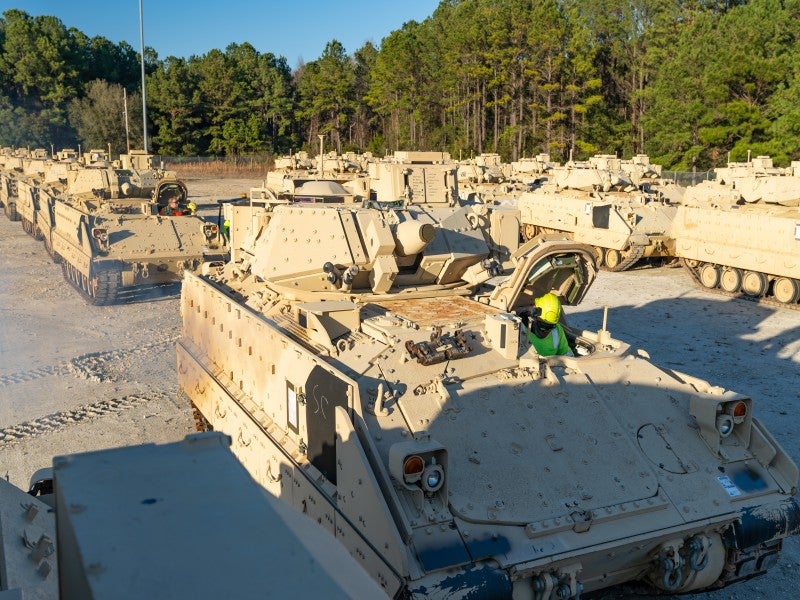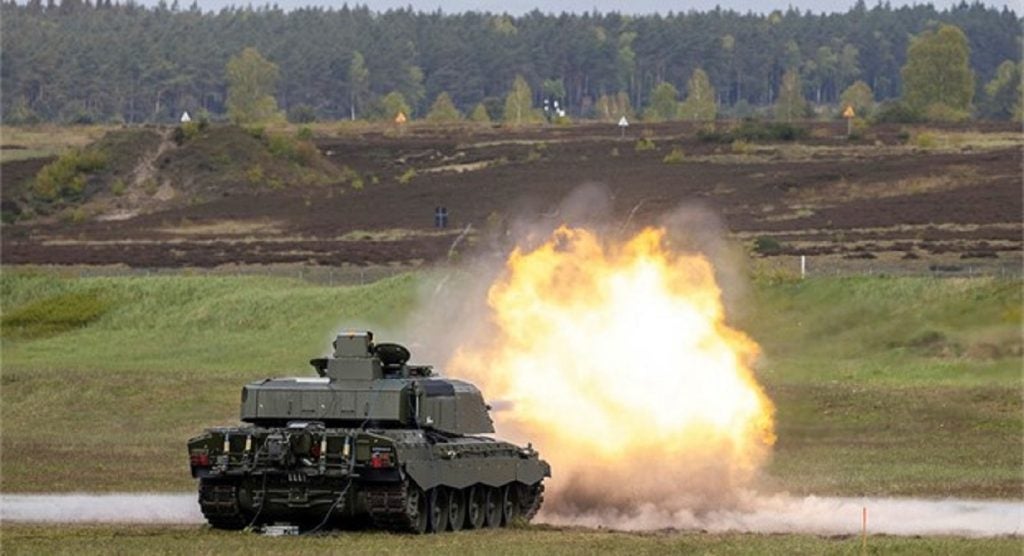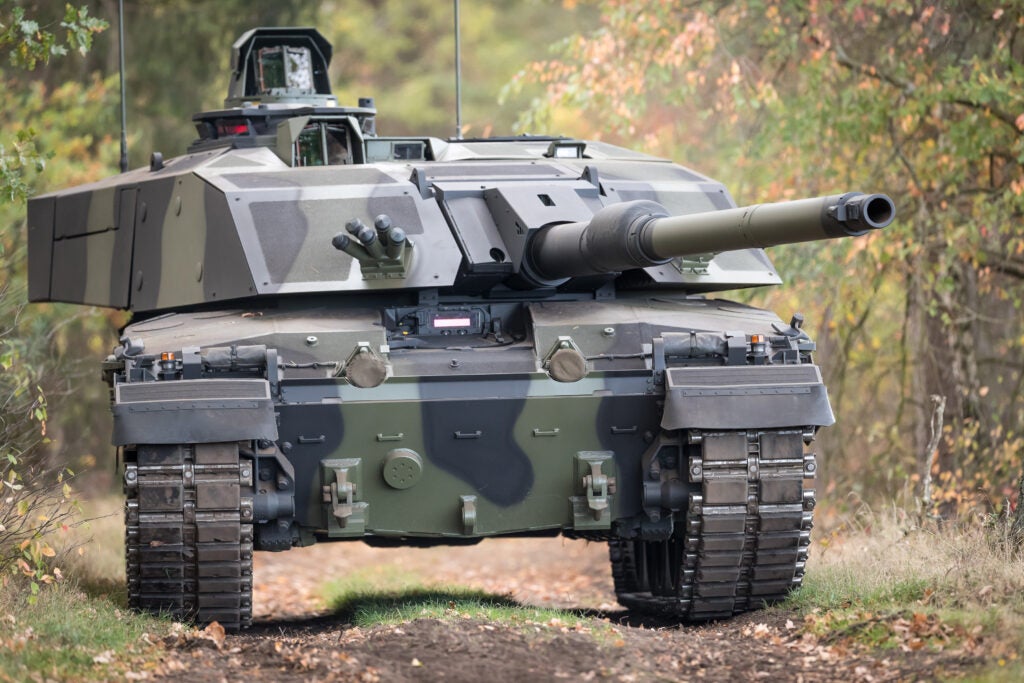
The US Army Natick Soldier Research, Development and Engineering Center (NSRDEC) is developing a pocket-sized aerial surveillance device for soldiers and small units in challenging ground environments.
Under the cargo pocket intelligence, surveillance and reconnaissance (CP-ISR) programme, NSRDEC scientists aim to develop a mobile soldier sensor to help increase situational awareness through real-time video surveillance of threat areas.
NSRDEC acting technical director Dr Laurel Allender said: "The cargo pocket ISR is a true example of an applied systems approach for developing new soldier capabilities.
"It provides an integrated capability for the soldier and small unit for increased situational awareness and understanding, with negligible impact on soldier load and agility."
The CP-ISR system is expected to aid soldiers and small units in assessing the threat in a village, or in thick canopy terrain where legacy over-the-hill ISR assets cannot work.
See Also:
NSRDEC engineers have investigated an array of existing commercial off-the-shelf technologies, in a bid to identify a surrogate CP-ISR system.
How well do you really know your competitors?
Access the most comprehensive Company Profiles on the market, powered by GlobalData. Save hours of research. Gain competitive edge.

Thank you!
Your download email will arrive shortly
Not ready to buy yet? Download a free sample
We are confident about the unique quality of our Company Profiles. However, we want you to make the most beneficial decision for your business, so we offer a free sample that you can download by submitting the below form
By GlobalDataThe scientists are currently testing Prox Dynamics’ PD-100 Black Hornet, a palm-sized miniature helicopter capable of flying for up to 20 minutes. It also provides real-time video through a digital data link from one of three embedded cameras.
Weighing only 16g, the helicopter can operate remotely with GPS navigation and is virtually undetectable due to tiny electric propellers and motors.
Even though the helicopter is deemed capable of fulfilling the requirement for an organic, squad-level ISR capability, the scientists are looking to make improvements in three areas to ensure its readiness.
The first includes a data-link redesign to prepare it for use in the army’s tactical network, while the second focuses on developing and integrating advanced payloads for low-light imaging, enabling indoor and night operations.
Finally, researchers are developing and enhancing guidance, navigation and control (GNC) algorithms to allow the CP-ISR surrogate system to operate in confined and indoor spaces.
Image: A UK soldier holds Prox Dynamics’ PD-100 Black Hornet helicopter. Photo: courtesy of the UK Ministry of Defence.








